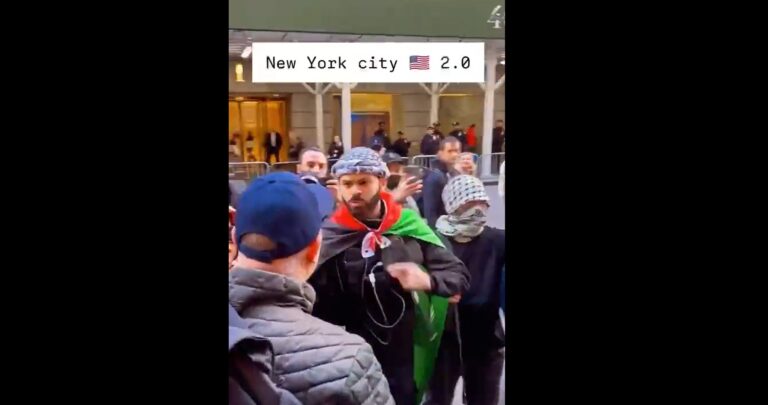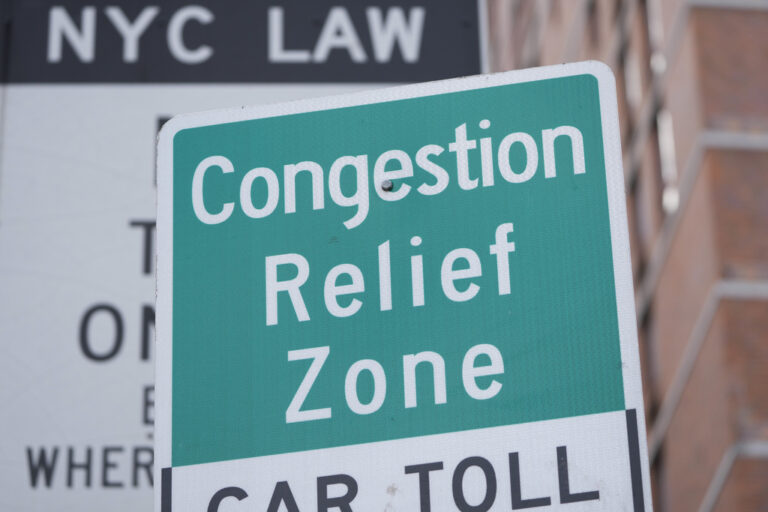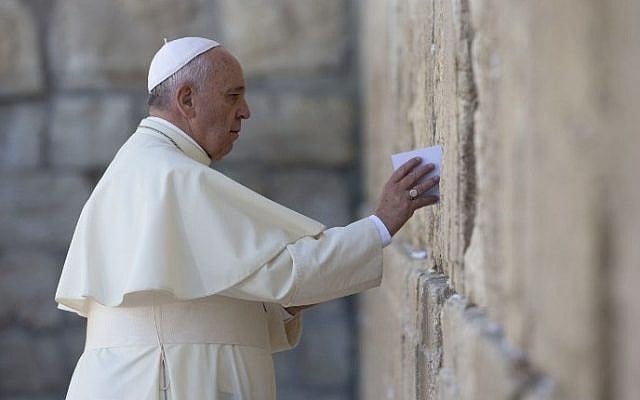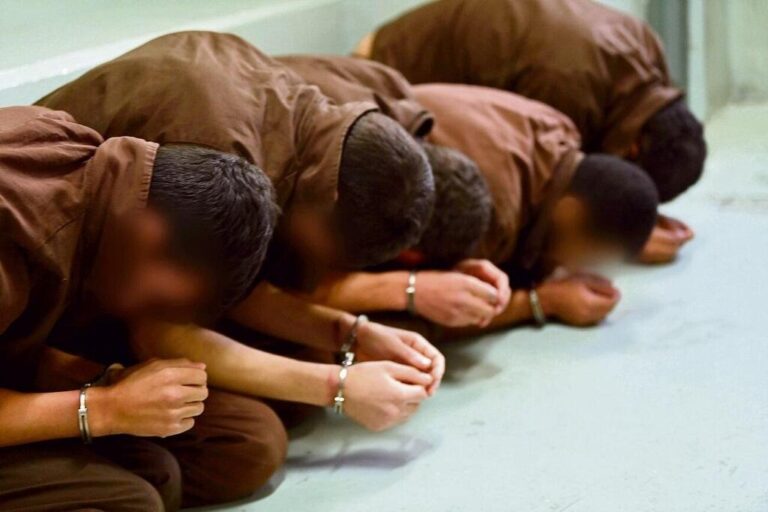 New York City could lose $1 billion in education aid from the state, forcing the nation’s largest school system to cut more than 21,000 teachers, Mayor Michael Bloomberg said Friday.
New York City could lose $1 billion in education aid from the state, forcing the nation’s largest school system to cut more than 21,000 teachers, Mayor Michael Bloomberg said Friday.
As Gov. Andrew Cuomo prepares to unveil his first budget proposal since taking office on New Year’s Day, Mr. Bloomberg and his new schools chancellor, Cathie Black, are bracing for what could be devastating cuts to city schools.
On his weekly radio show Friday, Mr. Bloomberg stressed that he has yet to receive word of a definitive budget proposal from the governor. “Scuttlebutt is that the education budget will be cut statewide, and New York City’s share of that would be a billion-dollar cut,” he said.
If the governor proposes a $1 billion cut and the Legislature approves it, the mayor estimated the city would be forced to cut 15,000 teachers, most of which would be accomplished through layoffs. That’s on top of plans, outlined by the mayor in November, to cut 6,166 teachers in the fiscal year beginning July 1.
In total, the administration is facing the specter of losing 21,000 teachers in the coming months, most through layoffs. An aide to the mayor warned that these numbers would probably change as negotiations with lawmakers over the state and city budgets begin in earnest in the coming weeks.
The city’s Department of Education currently employs roughly 75,000 teachers.
Josh Vlasto, a spokesman for Mr. Cuomo, said it’s “premature to speculate about the budget” that the governor will release Tuesday. He declined to comment further.
A seniority rule in state law requires that the teachers hired most recently be the first to face layoffs. As a result, city officials estimate that every teacher hired during the past five years would be let go if the state moves forward with a $1 billion cut in aid to city schools.
Mr. Bloomberg said this tenure rule means the city will “have to part company with some of the best teachers.” And because new teachers are typically employed in communities that are struggling the most, these layoffs would “disproportionately hurt the schools with more minorities,” he said.
The mayor and his new chancellor have launched an intense lobbying campaign to persuade the state to change the law regarding last in, first out.
On Friday, Ms. Black said she would “fight tooth and nail to keep the best teachers in the classrooms. It cannot be about whether a teacher has been in the system for two years or 22 years.”
If the seniority law remains in place, parts of the South Bronx could lose 27% of their teachers due to the prevalence of rookie teachers in the area, she said. Other more affluent neighborhoods would lose half that.
“The budget situation is very dire, and any major cutbacks are going to translate into real job losses,” said Ms. Black, adding that she and the mayor will fight as hard as they can to avert as many teacher layoffs as possible.
But Michael Mulgrew, president of the United Federation of Teachers, criticized the mayor and Ms. Black for focusing attention on the seniority issue.
“It seems the mayor and chancellor know a lot about how they want to fight for how to do layoffs—and not fight for the children of New York City to not do layoffs,” Mr. Mulgrew said.
“No matter what happens, if we do layoffs, kids are going to get hurt,” said Mr. Mulgrew, who argued that the state should maintain a tax on people earning more than $200,000 that is set to expire at year-end.
Mr. Mulgrew said the seniority laws are in place to guard against layoff decisions based on age, race, gender or cronyism. “Perhaps the mayor likes cronyism,” he said, a pointed reference to his controversial selection of Ms. Black, a former media executive with no prior experience in education.
City Council Member Robert Jackson, chairman of the council’s Education Committee, described the possibility of reducing the number of teachers by 21,000 as “absolutely insane, crazy.” These types of cuts would be “devastating” and “just outrageous,” he said.
“The governor has to look at whether or not the whole system is going to collapse,” said Mr. Jackson, pledging to fight to restore the budget cuts. “Class size will be up to 35, 40 kids in a class, if you have to cut 21,000 teaching positions. I can’t imagine it, quite frankly.”
On Friday, the mayor said he’s sympathetic to the governor, who is scrambling to combat a deficit of roughly $10 billion.
“Andrew Cuomo was brought in to balance the budget. He didn’t create the situation. But he’s got to deal with it,” he said. “And it’s Medicaid and education—two things everybody says don’t cut. But those are the things where all the money is.”
“But it’s going to hurt,” Mr. Bloomberg added. “Unless we can find something else, it’s going to cost us an awful lot of jobs.”
Mr. Bloomberg is scheduled to present his preliminary budget for the upcoming fiscal year by mid-February. The mayor is looking to fill a gap of $2.4 billion. But as his budget director, Mark Page, testified last month, that gap could swell to $4.4 billion depending on how much aid Albany cuts to the city.
(Source: WSJ)











7 Responses
let them lay off all the teachers down with the unions
It’s time for all to send their kids to public school so we can get tuition breaks from the State.
If we threaten and actually send 100,000 students to the city system it will bankrupt the State and by law they must give teachers,classrooms and many other things that the city does not have and can’t afford.
This will in turn affect the many frum teachers who are providers of SEIT, P3 and other special ed needs in the Board of Ed system.
Young ladies, start looking for another field of study for parnassah.
bklynmom — Actually, both SEITs and P3 providers are independent (or agency) providers, who would not be directly affected by teacher layoffs. (They are not DOE employees — they simply provide mandated services to students whom the DOE is unable to service directly, and then bill the DOE by the hour.)
It will, however, affect the many frum teachers who work in the public school system. Additionally, indirectly all providers are affected, as when there is more financial pressure in the DOE, it becomes harder to get the approval for services, and the CSE tends to require more evidence of disability before approving any support services. The obvious result is that less cases = fewer jobs available (not to mention students not receiving services they may need.)
Number 4 – your agreement is accurate.
P3 providers receive checks from the Board of Ed, who will be reducing these services according to the State’s budget cuts.
To provide tuition assistance to religious schools will require an amendment to the NY State constitution. An attempt to do that in 1967 got less than 30 pct. of the vote. And even once that is done, it will require huge amounts of coalition building to get the tax increases required for meaningful support. The unions could actually be helpful here as most Catholic schools are unionized.
Charliehall — Neither the Lay Faculty Association nor the Federation of Catholic Teachers are politically active — they basically exist to negotiate contracts on behalf of their members. The likelihood of them helping to push for tuition assistance is virtually nothing, particularly as this would put them at odds with the very powerful UFT who are vehemently against any “diversion of resources” from public schools to private or parochial schools.
The Catholic diocese is the strongest lobby in NYC for private school assistance, and it is likely due to them that yeshiva students in NYC receive significantly more assistance (i.e. school buses, textbooks, etc.) than in many other parts of the country. That influence may be wanning, however. . .
Your assessment of the likelihood of tuition assistance to religious schools ever happening in NY is accurate — in other words, don’t hold your breath!